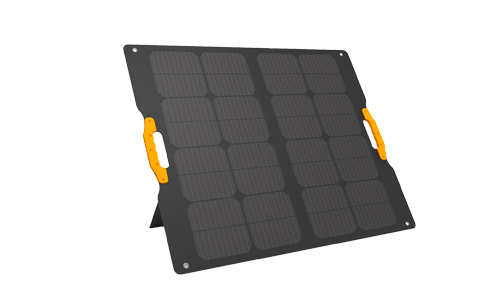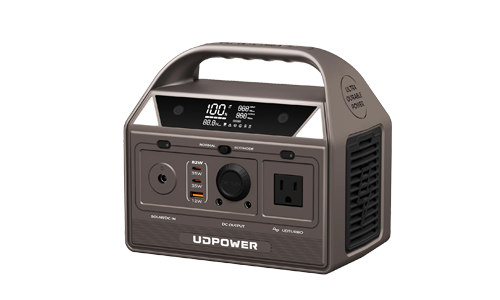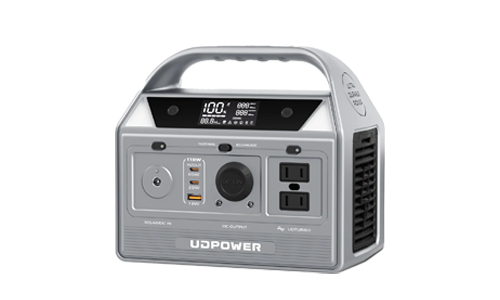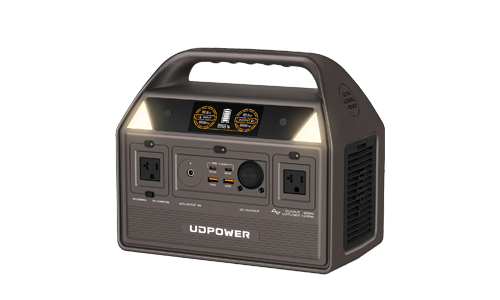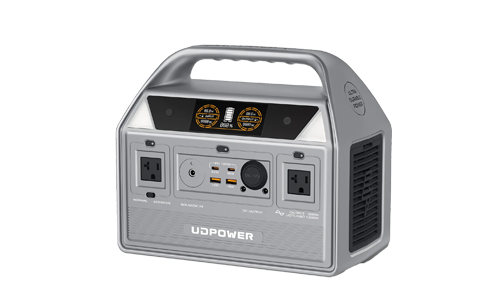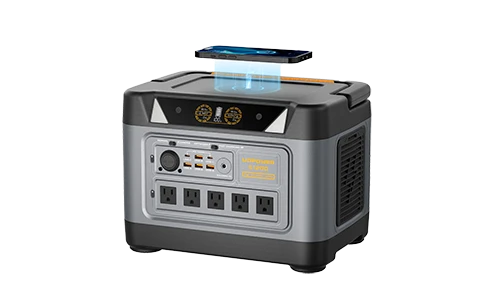Milliamp-Hours (mAh) to Watt-Hours (Wh): The Clear, Correct Way to Convert
ZacharyWilliam1) Battery & Power Basics
- mAh (milliamp-hours): Charge capacity (current × time). 1,000 mAh = 1 Ah.
- Wh (watt-hours): Energy (power × time). Lets you compare across different voltages.
- Voltage (V): Electrical potential. Required to convert between mAh and Wh.
- Why Wh matters: Two batteries with the same mAh at different voltages do not store the same energy.
2) The Conversion Formula (Explained)
From W = V × A and energy over hours:
Ah = mAh ÷ 1000
Wh = Ah × V = (mAh × V) ÷ 1000
mAh = (Wh × 1000) ÷ VAlways use the nominal/rated voltage of the battery or pack when converting.
3) Step-by-Step: mAh → Wh
- Find the nominal voltage (e.g., 3.7V for many Li-ion cells, 3.2V for LiFePO₄ cells).
- Convert mAh → Ah: divide by 1000.
- Multiply: Wh = Ah × V.
- (Optional) For real-world estimates, apply usable DoD and efficiency factors.
4) Common Conversion Tables
Use these quick lookups for popular voltages. (Formula: Wh = (mAh × V) ÷ 1000)

Table A — mAh → Wh at Common Voltages
| mAh | 3.2V LiFePO₄ cell |
3.7V Li-ion cell |
5.0V USB output |
7.4V 2S Li-ion |
11.1V 3S Li-ion |
12.0V 12V system |
14.8V 4S Li-ion |
|---|---|---|---|---|---|---|---|
| 500 mAh | 1.6 Wh | 1.85 Wh | 2.5 Wh | 3.7 Wh | 5.55 Wh | 6.0 Wh | 7.4 Wh |
| 1,000 mAh | 3.2 Wh | 3.7 Wh | 5.0 Wh | 7.4 Wh | 11.1 Wh | 12.0 Wh | 14.8 Wh |
| 2,000 mAh | 6.4 Wh | 7.4 Wh | 10.0 Wh | 14.8 Wh | 22.2 Wh | 24.0 Wh | 29.6 Wh |
| 5,000 mAh | 16.0 Wh | 18.5 Wh | 25.0 Wh | 37.0 Wh | 55.5 Wh | 60.0 Wh | 74.0 Wh |
| 10,000 mAh | 32.0 Wh | 37.0 Wh | 50.0 Wh | 74.0 Wh | 111.0 Wh | 120.0 Wh | 148.0 Wh |
| 20,000 mAh | 64.0 Wh | 74.0 Wh | 100.0 Wh | 148.0 Wh | 222.0 Wh | 240.0 Wh | 296.0 Wh |
| 30,000 mAh | 96.0 Wh | 111.0 Wh | 150.0 Wh | 222.0 Wh | 333.0 Wh | 360.0 Wh | 444.0 Wh |
Table B — Wh → mAh (Most Requested)
Formula: mAh = (Wh × 1000) ÷ V. Shown for 3.7V (typical Li-ion cell) and 12V (common system voltage).
| Wh | mAh @ 3.7V | mAh @ 12V |
|---|---|---|
| 5 Wh | 1,351 mAh | 417 mAh |
| 10 Wh | 2,703 mAh | 833 mAh |
| 20 Wh | 5,405 mAh | 1,667 mAh |
| 50 Wh | 13,514 mAh | 4,167 mAh |
| 74 Wh | 20,000 mAh | 6,167 mAh |
| 100 Wh | 27,027 mAh | 8,333 mAh |
| 200 Wh | 54,054 mAh | 16,667 mAh |
Rounded to the nearest whole mAh for readability.
5) Worked Examples (Double-Checked)
- Phone cell: 3,000 mAh @ 3.7V → (3000 × 3.7) ÷ 1000 = 11.1 Wh.
- Power bank: 20,000 mAh @ 3.7V → 74 Wh (note: marketed mAh is at internal cell voltage, not 5V output).
- Laptop pack: 7,800 mAh @ 11.1V → (7800 × 11.1) ÷ 1000 = 86.6 Wh.
- 12V lead-acid: 7 Ah @ 12V → 7 × 12 = 84 Wh.
- Back-conversion: 100 Wh @ 3.7V → (100 × 1000) ÷ 3.7 ≈ 27,027 mAh.
6) Series vs. Parallel Packs (Avoid Common Errors)
- Series (S): Increases voltage. Example: 3S Li-ion → 3 × 3.7V ≈ 11.1V.
- Parallel (P): Increases capacity (Ah/mAh) at the same voltage.
- For Wh, use the pack’s nominal voltage, not a single cell’s voltage or a USB output voltage (unless you’re converting energy at that output).
7) Real-World Losses & Runtime
On paper, Wh is exact. In practice, usable energy depends on:
- Converter efficiency: USB buck/boost and AC inverters incur losses. AC inverters often ~80–90% efficient at moderate loads.
- Depth of discharge (DoD): Many systems leave a safety reserve; usable DoD might be 80–95%.
- Temperature & C-rate: Cold or high discharge rates reduce effective capacity.
Quick runtime estimator:
Runtime (hours) ≈ (Wh × DoD × efficiency) ÷ Load (W)Example: 74 Wh bank, 90% DoD, 85% efficiency powering 10W → (74 × 0.9 × 0.85) ÷ 10 ≈ 5.7 hours.
8) FAQs
Do I need voltage to convert mAh to Wh?
Why is a 20,000 mAh power bank about 74 Wh, not 100 Wh?
What’s the difference between mWh and Wh?
Does pure sine wave vs. modified sine change Wh?
What nominal voltages should I expect?
9) Conclusion & Tools
Remember: voltage is essential for correct conversion. Using Wh gives you an apples-to-apples view of energy across different battery types. Keep real-world losses in mind when estimating runtime.
Prefer a calculator? Try: Battery Unit Conversion Tools
Continue Reading:
